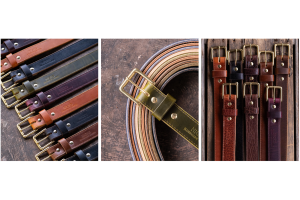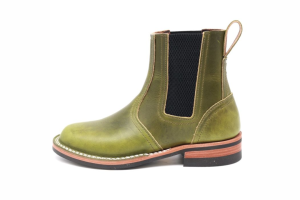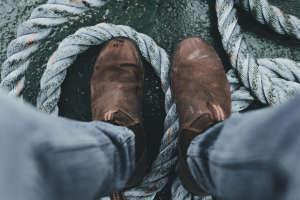3 Tips To Break In Work Boots Fast
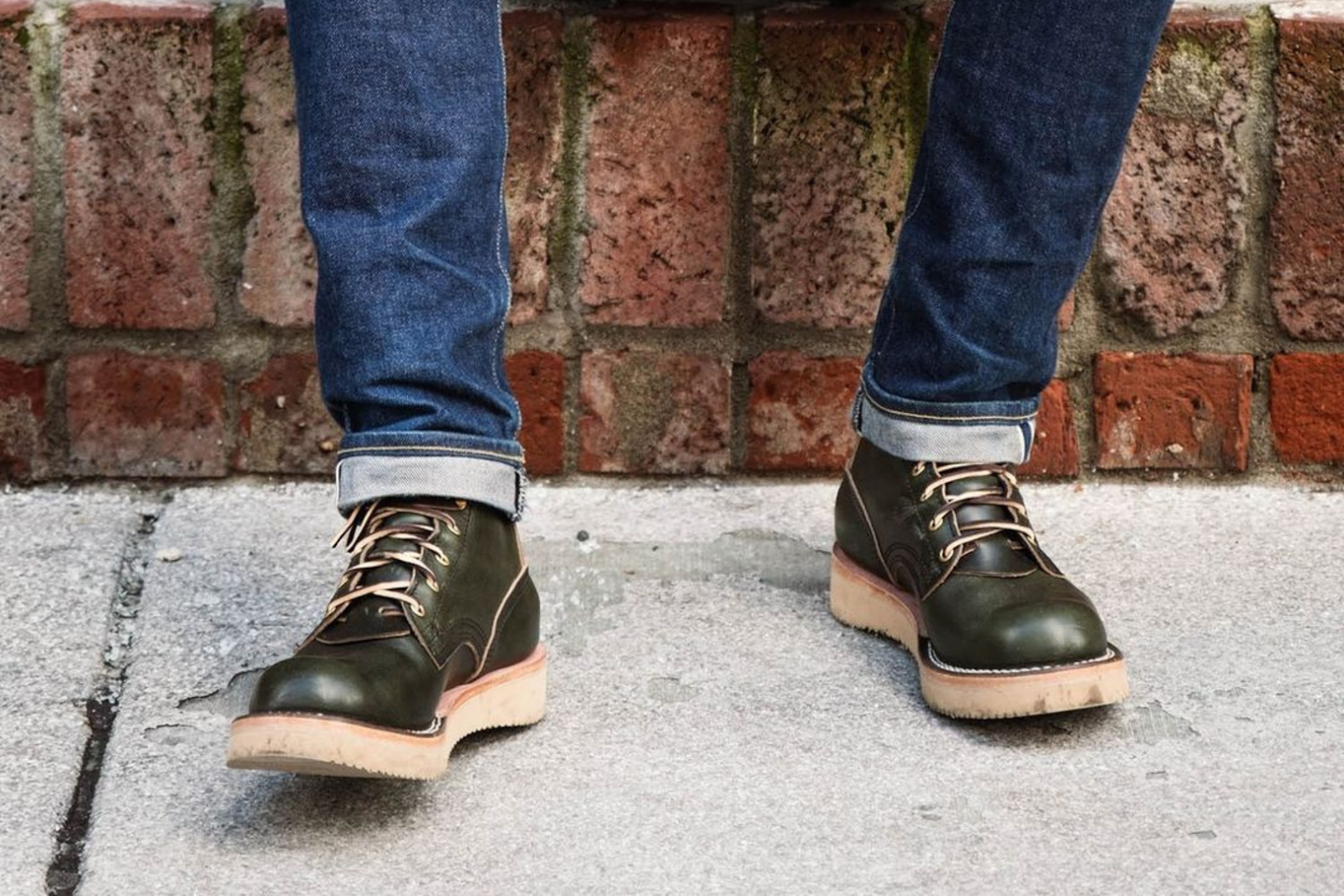
Key Takeaways:
- Break-In Period Importance: Work boots, especially those made from leather, require a break-in period to mold to the wearer's feet for enhanced comfort and to prevent blisters.
- Material Considerations: The type of material significantly affects the break-in process, with leather being durable and flexible, adapting over time to the shape of your foot.
- Practical Break-In Tips: Wearing your boots at home, using the right leather conditioner, and choosing appropriate socks can significantly speed up the break-in process, making your boots comfortable faster.
Investing in high-quality work boots is essential for protecting and keeping your feet comfortable, whether you're working or engaging in outdoor activities. However, even top-notch boots need some time to adjust to your feet, a phase that might challenge your patience. This initial adjustment period is important not only for your comfort but also for ensuring the durability of your boots. This piece provides straightforward advice to help you quickly get your new boots to fit like a glove. By applying the right methods, the process of breaking in your work boots can be swift and hassle-free. Let's explore how you can make those new, stiff boots into the comfiest pair you own.
After learning how to break in your work boots efficiently, why not put that knowledge to the test with a pair that's built to last? Explore our collection of work boots, designed for ultimate protection and comfort during your toughest workdays. With a variety of styles and sizes, you'll find the perfect fit to keep you moving forward, no break-in worries included.
To ensure your journey to comfort starts on the right foot, discover our premium selection of work boots crafted for those who value both protection and comfort during work or outdoor activities. Visit our collection now and find your next pair of durable work boots, ready to be broken in and molded for the perfect fit.
Understanding The Break-In Process
Why Boots Need To Be Broken In
Boots require a break-in period because they're crafted from durable materials designed to offer protection and support. Initially, these materials, like leather, are quite stiff. Breaking them in allows the boots to mold to your feet's unique shape, providing a customized fit that enhances comfort and prevents blisters and discomfort.
The Role Of Boot Materials
The type of material your boots are made from significantly affects the break-in process. Leather, a commonly used material, is prized for its durability and flexibility. Over time, leather stretches and conforms to your foot, becoming softer and more comfortable with each wear. Synthetic materials may have a different break-in process, often requiring less time but offering varying degrees of comfort and durability.
Time Frame For Breaking In
The time it takes to break in a pair of work boots can vary widely, typically ranging from a few days to several weeks. This timeline depends on the boot's construction, the thickness and type of leather, and how often they are worn. Regular wear is key to speeding up the process, as the more you wear them, the quicker they will mold to your feet and become comfortable.
Proper Break-In Techniques
Adopting proper techniques can significantly ease the break-in process for new boots. Begin by wearing your boots for short periods at home, gradually increasing wear time to allow your feet and the boots to adjust to each other. Using leather conditioners or boot creams can help soften the leather, making it more pliable and comfortable faster. Additionally, wearing thick socks can provide cushioning and protect your feet from blisters during the initial break-in period.
Managing Discomfort During Break-In
It's not uncommon to experience some discomfort during the break-in phase. To manage this, pay attention to any areas where the boots rub or pinch and use protective pads or bandages as needed to prevent blisters. If severe discomfort occurs, consider using boot stretchers or visiting a professional cobbler who can adjust the boots for a better fit. Remember, a little patience during the break-in period can lead to a lifetime of comfortable wear.
Tip 1: Wear Your Boots At Home
Starting With Short Periods
Begin by wearing your new boots for brief intervals at home. This gentle introduction helps your feet and boots to start the adjustment process without overwhelming discomfort. It's like getting to know each other slowly, ensuring a smoother relationship between your feet and the boots.
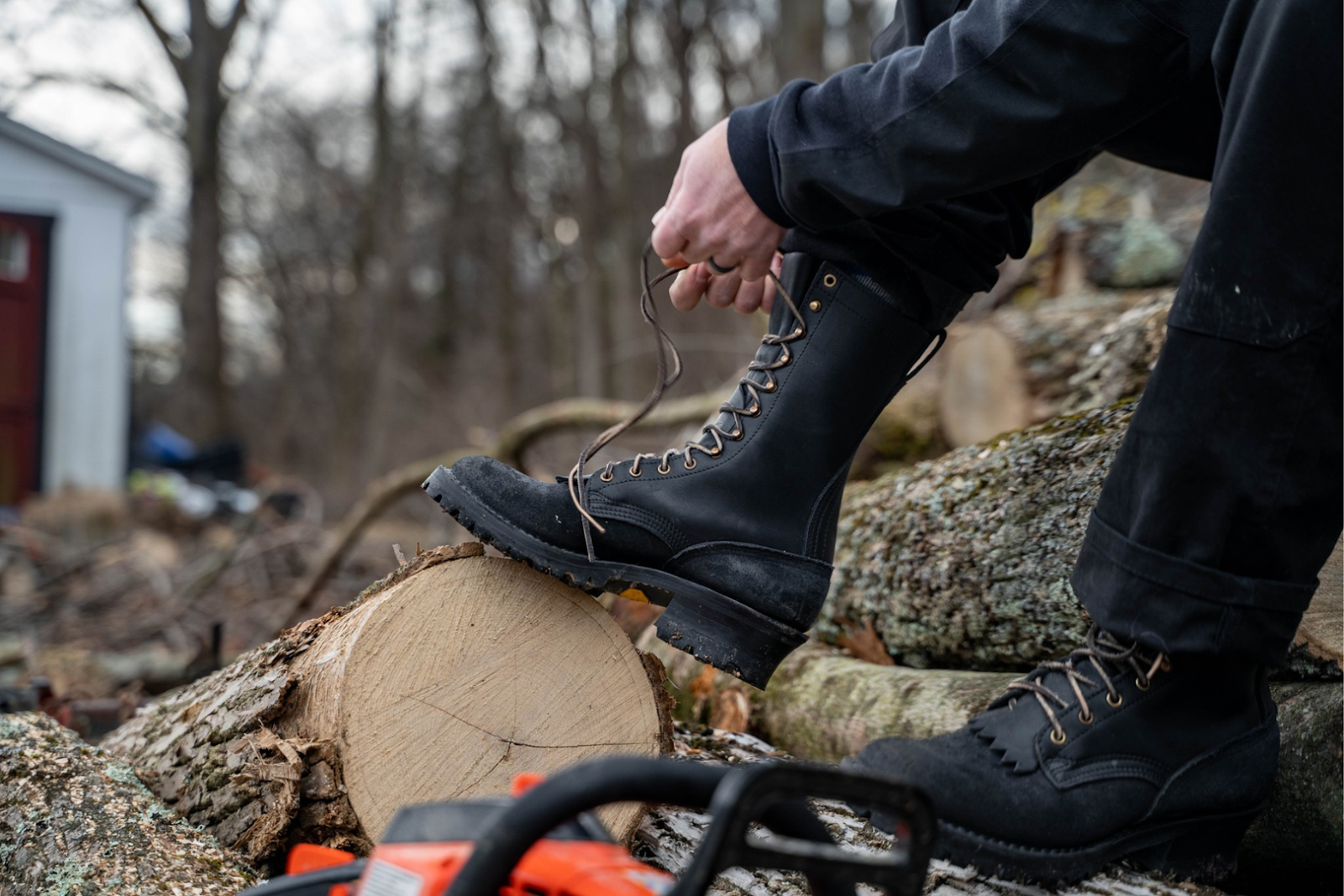

Identifying Pressure Points
While wearing the boots at home, pay attention to any spots where you feel tightness or discomfort. These are areas that might require extra attention or adjustment. Knowing where these points are can help you customize the break-in process to your specific needs.
Gradually Increasing Wear Time
As your boots become more comfortable and initial pressure points are addressed, it's beneficial to gradually increase the wear time. This methodical approach not only further softens the boots but also prepares your feet for extended periods of wear, especially in more challenging environments. For a quality option that balances comfort and durability, consider exploring the Aldert Moc Toe boots, designed for longevity and support in varied conditions.
Tip 2: Use A Leather Conditioner
Choosing The Right Leather Conditioner
Selecting an appropriate leather conditioner is crucial for the care of your work boots. Look for products designed specifically for boot leather, as these formulas are optimized to soften and protect without damaging the material.
Applying Conditioner Correctly
Learn the proper technique to apply the conditioner. It usually involves cleaning the boots first, applying a small amount of conditioner with a soft cloth, and working it into the leather in circular motions. Avoid over-application to prevent the leather from becoming too soft or losing its shape.
Frequency And Timing
Determine the right frequency for conditioning your boots. Initially, a light application after the first few wears can accelerate the break-in process. Subsequently, the conditioning schedule can be adjusted based on wear frequency and the boot material's response to the treatment.
Tip 3: Proper Socks And Boot Care
Selecting The Right Socks
Wearing the correct socks plays a significant role in the break-in process. Opt for socks that are thick enough to provide cushioning but breathable to prevent excessive sweating. Socks designed for hiking or work environments can offer the right balance of protection and comfort.
Daily Boot Care
Taking care of your boots daily can alleviate the discomfort of the break-in period. This includes drying them properly if they get wet and cleaning off any dirt or debris that can degrade the leather faster.
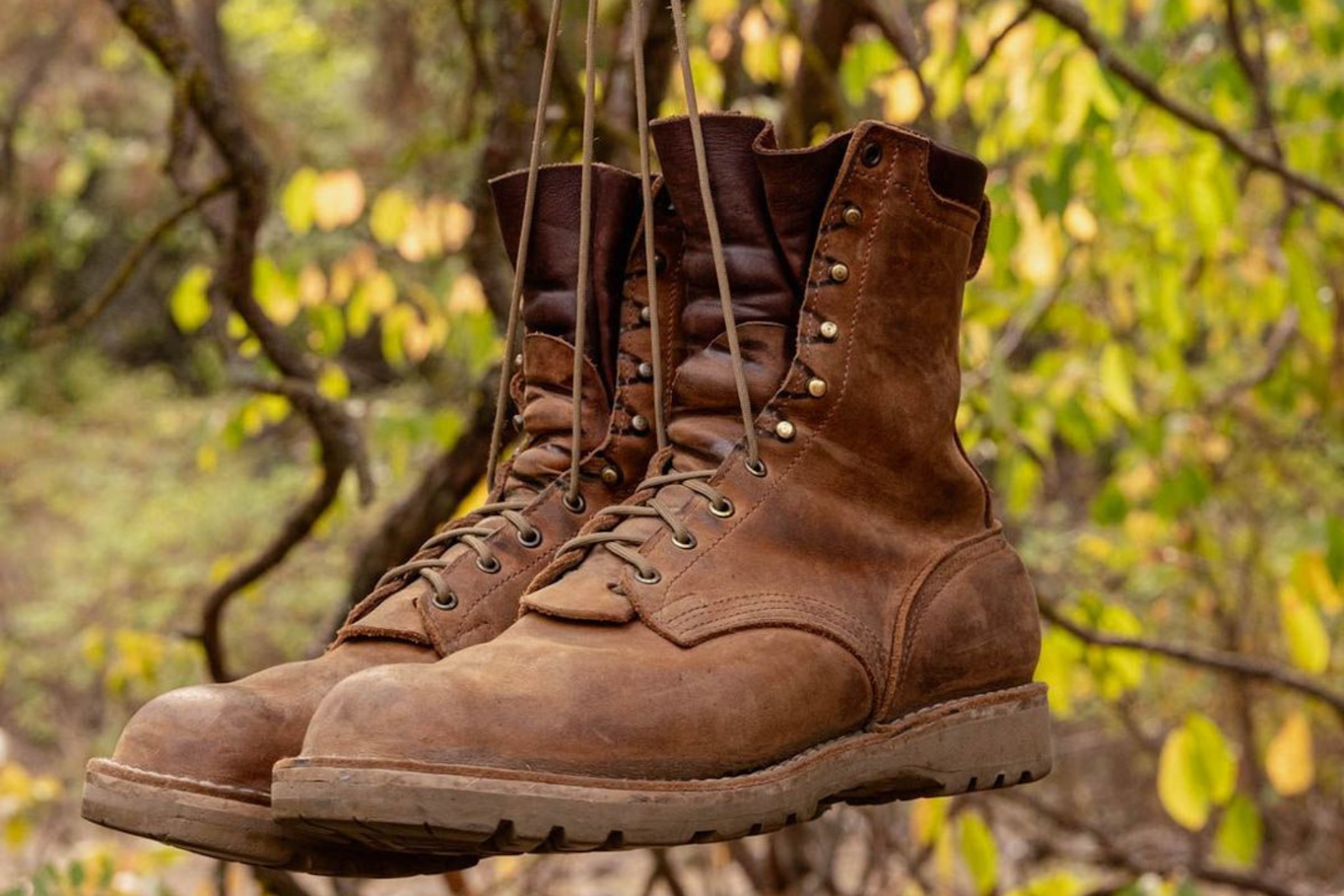

Alternating Boots
If possible, alternate wearing your new boots with an older, already broken-in pair. This gives your feet a rest and the new boots time to air out and adjust slowly without being subjected to continuous wear, which can sometimes delay the break-in process by causing excessive stress on the material.
Final Thoughts
The guide on quickly breaking in work boots transcends practical advice, presenting a nuanced ritual that blends respect for craftsmanship with the wearer's comfort. It transforms the break-in process from a simple task into a meaningful journey of adaptation, emphasizing not only the importance of patience and care but also the sustainable relationship between wearer and footwear. This perspective encourages us to see our boots as more than just tools but as companions on our journey, requiring a thoughtful approach to ensure their longevity and our comfort. Through this lens, breaking in work boots becomes an essential ritual, highlighting the interconnectedness of quality, comfort, and durability.
As you begin this significant adventure with your next pair of boots, think about selecting the 64 Ash Gray - Ranger - Quick Ship! option. This choice represents the craftsmanship, comfort, and durability we've talked about, crafted to become a reliable partner in your activities. Discover the perfect mix of tradition and quality firsthand and let the process of breaking in your boots reflect your dedication to superior standards.
Read also:
Frequently Asked Questions
Why do new work boots feel uncomfortable at first?
New work boots are often made from durable materials like leather, which can be stiff and unyielding initially, leading to discomfort. Over time, as the boots are worn and gradually broken in, they will conform to the shape of your feet, providing a much more comfortable fit. The initial discomfort is a normal part of the process, signifying that the boots are beginning to adapt to the unique contours of your feet.
Can all types of work boots be broken in the same way?
While the basic principles of breaking in work boots—such as wearing them frequently to mold to your feet's shape—apply broadly, the specific methods might vary depending on the boots' material and construction. For example, leather boots may greatly benefit from conditioning and gentle stretching, whereas boots made from synthetic materials might not need as much effort or time to break in and may follow a slightly different care regimen.
How can I speed up the break-in process for my leather work boots?
Accelerating the break-in process for your leather work boots involves wearing them at home for short periods and gradually increasing the duration to allow the boots to adjust to your feet. Applying a suitable leather conditioner not only softens the material but also ensures the leather remains healthy and flexible, making the boots more comfortable in a shorter period. Gentle bending and flexing of the boots can also help the leather loosen up more quickly.
Are there any tools or accessories that help in breaking in work boots?
Indeed, tools such as boot stretchers, shoe trees, or specialized stretching sprays can assist in loosening tight spots in your work boots, making the break-in process smoother. These tools are particularly useful for targeting specific areas that may require a bit more stretching. That said, the natural method of wearing the boots as much as possible allows them to gradually conform to the shape of your feet, which is often the best approach for achieving a perfect fit.
How do I know if my work boots are fully broken in?
Your work boots are considered fully broken in when they consistently provide comfort throughout the day, snugly conform to your feet without causing tight spots or pressure points, and allow you to wear them for extended periods without experiencing discomfort. This level of comfort and fit indicates that the boots have successfully molded to the shape of your feet, ensuring optimal support and ease of movement.
Is it normal for my feet to hurt during the break-in period?
Some discomfort is normal as your feet and boots adjust to each other. However, if the pain is severe or persists, the boots might not be the right fit, or there may be specific areas that require more attention during the break-in process.
Can breaking in work boots cause damage to the boots?
If done correctly, breaking in your boots should not damage them. However, avoiding excessive force or inappropriate methods (like soaking leather boots in water) is important to prevent damage.
Should I wear the same socks for breaking in as I would for daily wear?
Yes, wearing the same type of socks you plan to wear daily is advisable. This ensures the boots conform to your feet's shape with the added thickness and texture of your preferred socks.
How often should I apply leather conditioner during the break-in process?
Initially, applying leather conditioner once or twice as needed can help. After the boots are broken in, the frequency can be reduced based on the condition of the leather and how often the boots are worn.
Can I use heat to speed up the break-in process?
While gentle warmth from wearing the boots can help the leather to soften and mold to your feet, direct heat sources should be avoided as they can damage the leather and affect the boots' durability.


